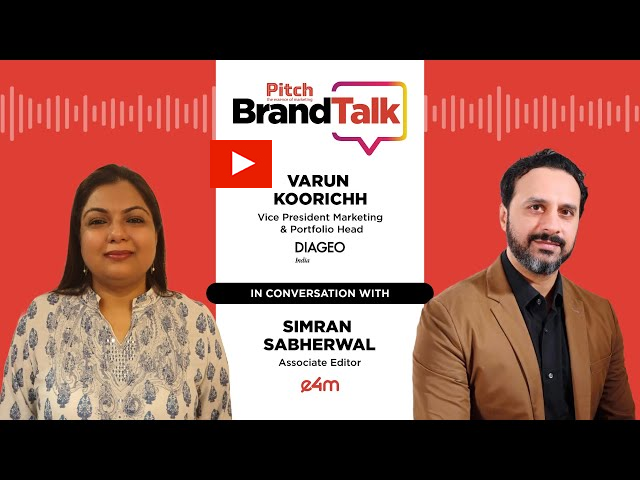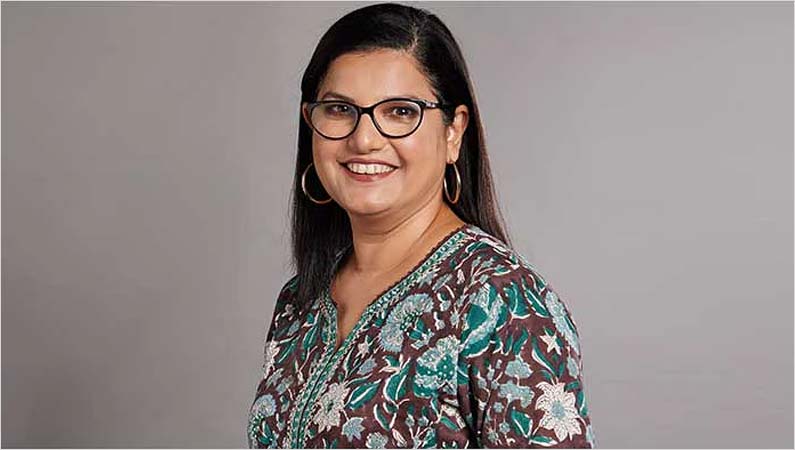Guleria, Director - Sales & Marketing, Honda Motorcycle & Scooter India Pvt. Ltd. (HMSI), speaks to e4m about trusting print medium, need for personal individual mobility and lockdown lessons
Yadvinder Singh Guleria, Director - Sales & Marketing, Honda Motorcycle & Scooter India Pvt. Ltd. (HMSI) says the increased need for personal individual mobility has led to increased auto sales. He adds that with Print enjoying a high degree of trust, it will be a complement for digital media.
October was a bumper month for four-wheeler and two-wheeler brands because the need for personal mobility has gone up. Can you give a sense of what's happening in the Tier II & Tier III cities and why are they such a big ray of hope for a product category like yours?
When the first unlock happened in May, the rural areas had less number of Covid cases and the economic activity was higher when compared to urban areas. At the same time, people employed in the essential services, the Covid warriors who were doing their duties, needed individual mobility. With public transport infrastructure closed and anxiety to use public transport on account of hygiene and social distancing, personal mobility was the only way to go. This new need of individual personal mobility started coming in quite early, which we had not predicted earlier. Now, with unlock 5.0, the urban areas have also started opening. We see a productive festive season, as I say of the 4 Ds - Durga Puja and Dussehra saw positive retail sales, and this has given us confidence and optimism about the other 2 Ds- Dhanteras and Diwali. We will see another spike on the back of the increased need and propensity of the customers to go in for their individual personal mobility and not the public transport infrastructure, whether it is metro, city bus, shared taxi or even autos. Secondly, with more sectors such as hotels and restaurants opening, people have started moving out, which has also increased the need of mobility.
Also, when it comes to workplaces, there is now a hybrid structure – with some people working from home while others are attending offices. As companies are not providing transport due to Covid, health concerns and anxiety around social distancing, this has led to a need for individual mobility. This need will be sustained because there is no vaccine, social distancing needs to be maintained, and concerns about the hygiene factor in public transport. There is positivity in rural areas, with the good monsoons and with urban now opening up, Bharat and India and Bharat together are expected to shine.
What has been the role of the Indian language newspapers? Give us a sense of what's been your media mix?
In the initial stages of Covid, newspapers were not being allowed during the lockdown, and most people were consuming social media like never before. This saw most marketers going more on Digital. However, there is a balance that you need to maintain based on the existing market scenario. Consumption of social media is high, but at the same time trust is also important as mistrust rusts the wheel of progress. Traditionally, we have seen that print has a large following and enjoys a very high degree of trust. In this, vernacular has played a very big role. So, Print will complement digital media and vernacular, even in social media as well as print, is going to play a much bigger role.
Do you think that brands should move marketers to regional offices where sales are happening, and where marketers can understand the nuances of what works in terms of media vehicles and what is the role of the agency here?
There needs to be a collaborative approach, and this cannot be there without trust. Trust is the basic ingredient to have for a collaborative approach, otherwise, it is going to be merely a co-operation and that means we are not able to exploit the possibilities fully. The purpose has to be very clear for the media planner/agency and the marketers. What is the object from the client perspective? You want awareness or sales, if that is briefed properly, then we trust the abilities of the professionals. We also give equal weightage to the feedback from those sitting in the market, in the regional offices. The people close to the market, we call them the ‘eyes and ears’. If we spend money and then we ignore the eyes and ears, this will not yield results. We need to have trust and then have a collaborative approach of doing things, where we need to trust the professional inputs, and accordingly, finally pick up a mix of the media. Today, we must also understand that there are lots of WMDs in the market, Weapons of Mass Distraction. When there are a lot of weapons of mass distraction, then marketers have this big challenge of how to get the attention of the customer who is 24/7 online. It is important for marketers to get human attention and awareness towards their products or services that we are selling. The need is to have a revised and recalibrated media mix based on the season, the product, the market, and the target audience. You need to have an outside-in-approach. Sometimes a brand can have the Not-invented-here approach, i.e, NIH syndrome, which is I know what’s best, and nobody knows better than me. Let's unwind ourselves, open our minds, have those inputs outside in, then definitely things will be much better.
What have been the top lockdown lessons for you?
Unmute; that's the first learning of this coronial era. In the first lockdown, as you couldn’t go out, the only way was to go in and introspect. This crisis basically triggered the quickening of advancement. This advancement is not only related to your business but could be what you were planning to do earlier, spirituality, developing your passion, giving more time to your family, starting something new or becoming more health-conscious. When people got time during the lockdown, it quickened that advancement. People experimented with cooking, spent more time with the family, which during the normal routine would have not given us time to think about seriously. It was a time to go inside, introspect and look at the world with a new vision, and quickened the advancement in whatever was your purpose in life.










